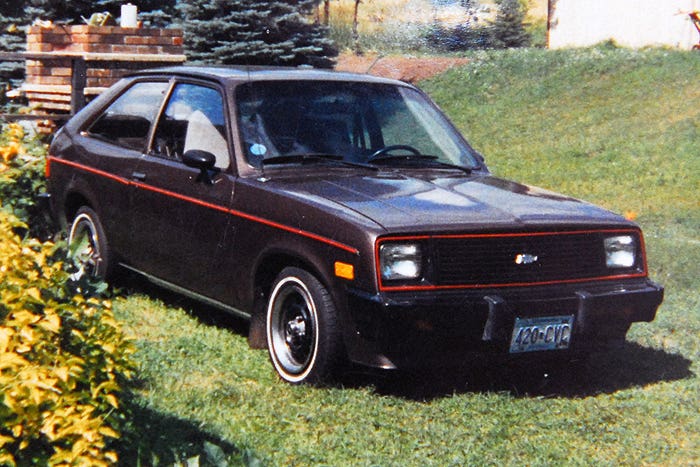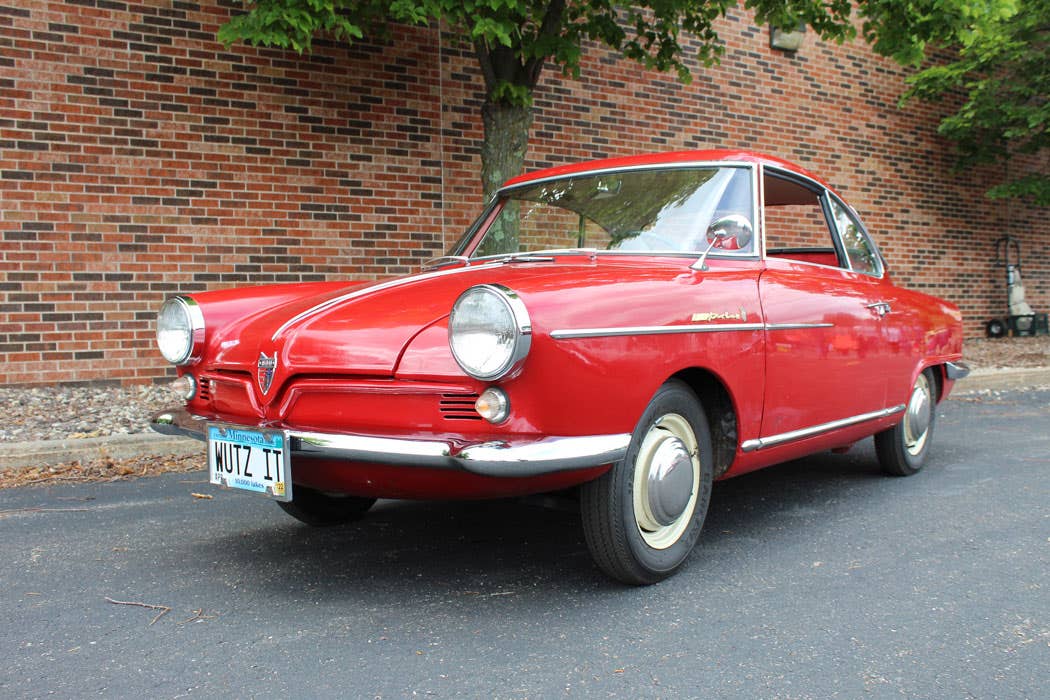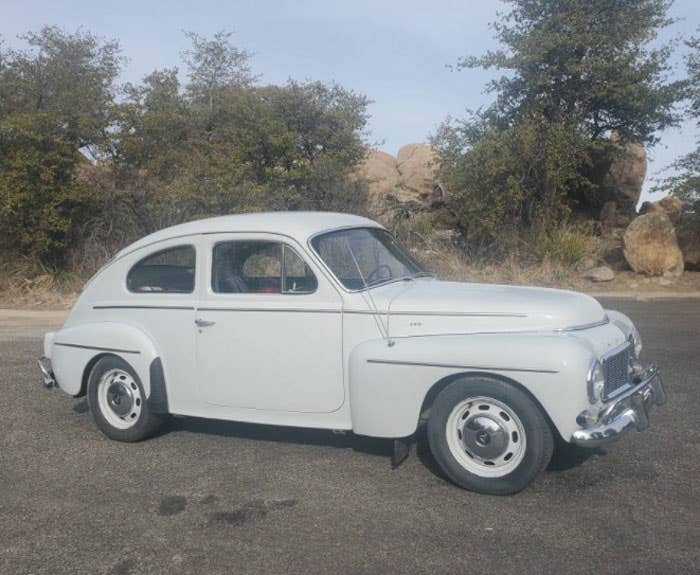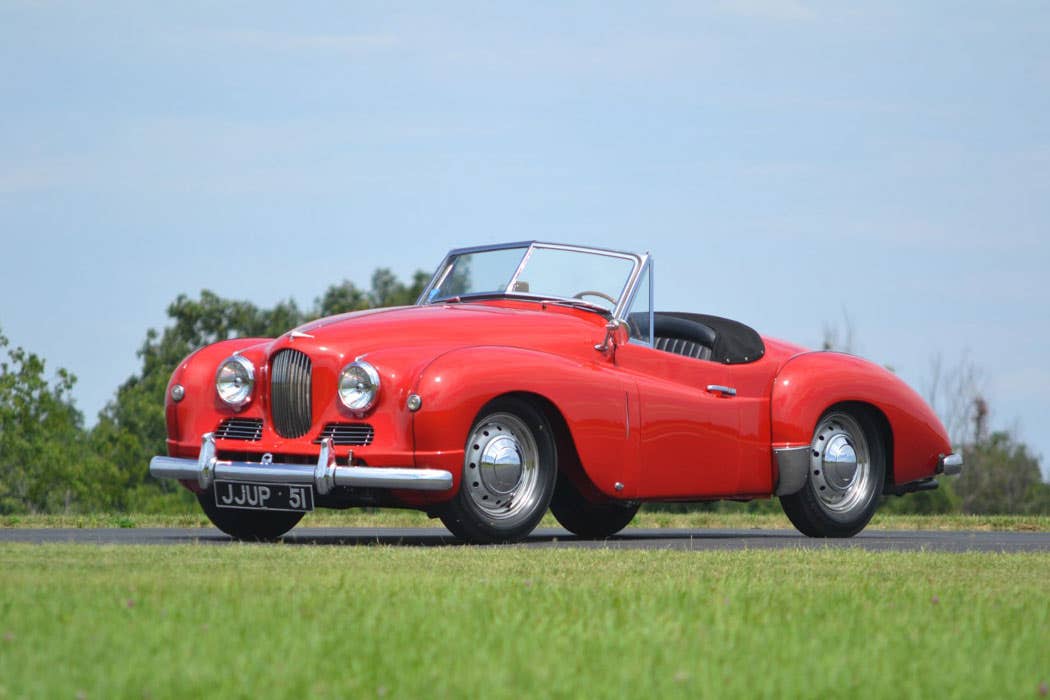Here come the Judge! The first-year 1969 GTO Judge
The Pontiac marketing gurus were looking to bring more attention to their hot intermediate models and the idea of The Judge was born.
When Pontiac stuffed a 389-cid V-8 into its midsize LeMans to create the 1964 GTO, the muscle car era of the 1960s took off like a top-fuel dragster leaving the starting line. Chevy launched the Chevelle SS396 in 1965, Plymouth offered the Barracuda with the Formula S option and Ford’s Fairlane GT housed a 390-cid V-8. Big-block pony cars soon followed.
GTO sales were beginning to sag by the late 1960s amidst the growing competition. Pontiac responded in 1969 with the GTO The Judge. Originally envisioned as a low-cost muscle car to compete with the Plymouth Road Runner, it actually ended up costing $332.07 more than the standard GTO. By 1970, the peak performance year for muscle cars, sales were impacted by rising insurance rates and impending smog rules, but before then, the Judge was at the head of the court. A total of 6,833 Judge hardtops and convertibles were sold in 1969, and another 3,797 were sold in 1970. Judge sales slid farther in 1971, and it was the last year for the option.
The Pontiac marketing gurus were looking to bring more attention to their hot intermediate models and the idea of The Judge was born. The name came from the popular Flip Wilson routine on the Rowan and Martin TV Show titled “Here Come the Judge.” Advertising campaigns featured catch lines like “All Rise for the Judge” and “The Judge Can Be Bought.”
This engine was optional in other GTOs. Dave Doucette
The name caught on and while only 6,833 were sold in 1969, it became a recognizable spoof, a poke at muscle car lineups that featured cartoon-character badging, such as the Plymouth Road Runner and the Dodge Demon.
Kevin Guido’s ’69 GTO The Judge is a classic example of Pontiac’s marketing and promotional efforts with its bold decals, Carousel Red paint (which actually looks orange) and standard rear wing. The first couple of thousand or so Judges were only available in Carousel Red, but later in the model year, any color could be ordered. The Judge also differed from the GTO by having a blacked-out center grille section, but like the GTO, hidden headlamps could be optioned.
In the engine department, the Judge outshined the ’69 GTO, which featured as standard the Pontiac 350-hp 400-cid V-8. In the Judge, the new, more powerful Ram Air III (L74) 400-cid was standard and touted 366 hp (this engine was optional in other GTOs). Like most Judges, the Clearwater, Fla., resident’s Judge features that model’s standard Ram Air III engine that develops its 366 hp at 5,100 rpm and peaks at 445 lbs.-ft. of torque at 3,600 rpm. Functional hood scoops feed fresh air into the Rochester Quadrajet four-barrel carburetor, hence the Ram Air name.
Pontiac did offer a more powerful Ram Air IV V-8 in its GTO and Judge models during 1969, but there is no accurate data to show how many Judges might have had that upgrade. Numbers do exist, though, that show that about 200 of the more than 72,000 GTOs sold that year were bought with the Ram Air IV engine.
Kevin bought his Judge in 1991. He’d owned Trans Ams and GTOs before and first saw his Judge in 1986 while driving down a Clearwater street.
“It was about 8 p.m. and it was dark,” he said, “but I knew the familiar headlamp arrangement of a GTO. So, when he passed me going east, my neck about snapped as I realized it was a 1969 Judge.”
Kevin made a quick U-turn and followed the car into a hamburger joint’s parking lot. He talked with the owner about the car, which had just arrived in Clearwater after having been purchased in California. After a few years, the buyer ran into financial trouble and sold the car. The next owner took over the restoration, but tired of it and listed it for sale. That’s when Kevin was able to buy the car, even though it was priced above his budget at the time.
“But I knew I had to scrape up the loot or lose the car, which was not an option,” he says.
Kevin drove his Judge for a few years (“I pounded that car relentlessly,” he says) before deciding that it was time for a full restoration. First up was a rebuild of the V-8. A friend rebuilt the engine back to stock specs, except for adding a Crane Ram Air IV cam.
By 1994, it was time to tackle the predictable rust points, and true to form, the more they dug into the rust, the more that emerged. After the body cancers were fixed, Deltron single-stage paint was applied, and 30 years later, it still shines like a new paint job.
While the body shop work was underway, Kevin tackled various restoration tasks, including a complete rebuild of the tricky hideaway headlamp mechanisms. Once back in his garage during 1995, Kevin spent the next 10 years sourcing myriad NOS parts and restoring and reassembling the car himself.
Finding NOS and date-coded parts for any 35-year-old car is challenging, whether it was back in the 1990s or today. But Kevin was able to find a few treasures for the car. For example, the Hurst T-handle that was stock on four-speed Judges had disappeared over the years, but Kevin discovered one at a swap meet for $85.
“That was a lot of money then,” Kevin says. “Today, if you can even find one, that’s a bargain.”
One hard-to-find piece of trim that had also walked away from the car was the special “The Judge” badge on the glove box. He eventually acquired one for $250. Other NOS parts included lug nuts, rear glass, AM radio, various exhaust components, console lid, headlamp doors, lenses, bezels and more.
One of the gems found in Kevin’s hunt for NOS parts was the rare manual-shift Code 273 Quadrajet four-barrel carburetor and the Code 952 distributor. The original M20 four-speed manual transmission was still with the car and all it needed was a thorough going-over. The Judge was offered with a standard three-speed manual transmission, an automatic or one of three four-speeds. The M20 was the wide-ratio, first-gear version while the M21 and M22 four-speeds had a close-ratio first gear.
The M20 cars featured either 3.23 or 3.55 rear gear ratios while the close-ratio transmissions were offered with taller gears.
Four-wheel drum brakes were standard, but Kevin’s Judge has power front discs in the front, plus power steering. Pontiac 14x6-in. steel Rally II wheels with chrome lug nuts were standard, but trim rings were not. Goodyear’s Polyglas-belted tires were common muscle car fixtures in the late 1960s, and G70-14 blackwall tires were standard on the Judge. Kevin’s Judge has white-letter tires, a personal preference.
Like their exteriors, the interiors of 1969 GTOs had only minor changes from the previous model year. Wing vent windows were eliminated, the front grille and rear taillamps were mildly updated and the ignition switch was moved from the dashboard to the steering column. That locked the steering wheel when the key was removed, a federal requirement that was mandatory for 1970 models. The gauge face was changed from steel blue to black, and front outboard headrests were made standard on all 1969 model cars.
Kevin’s black vinyl interior also features a wood-trimmed three-spoke steering wheel.
The restoration of Kevin’s Judge was essentially completed (if they ever are) in early 2006. Since then, the car has been regularly driven, especially to local cruises and car shows.
Love GTOs? Here are a few more articles for your reading enjoyment.
If you like stories like these and other classic car features, check out Old Cars magazine. CLICK HERE to subscribe.
Want a taste of Old Cars magazine first? Sign up for our weekly e-newsletter and get a FREE complimentary digital issue download of our print magazine.








